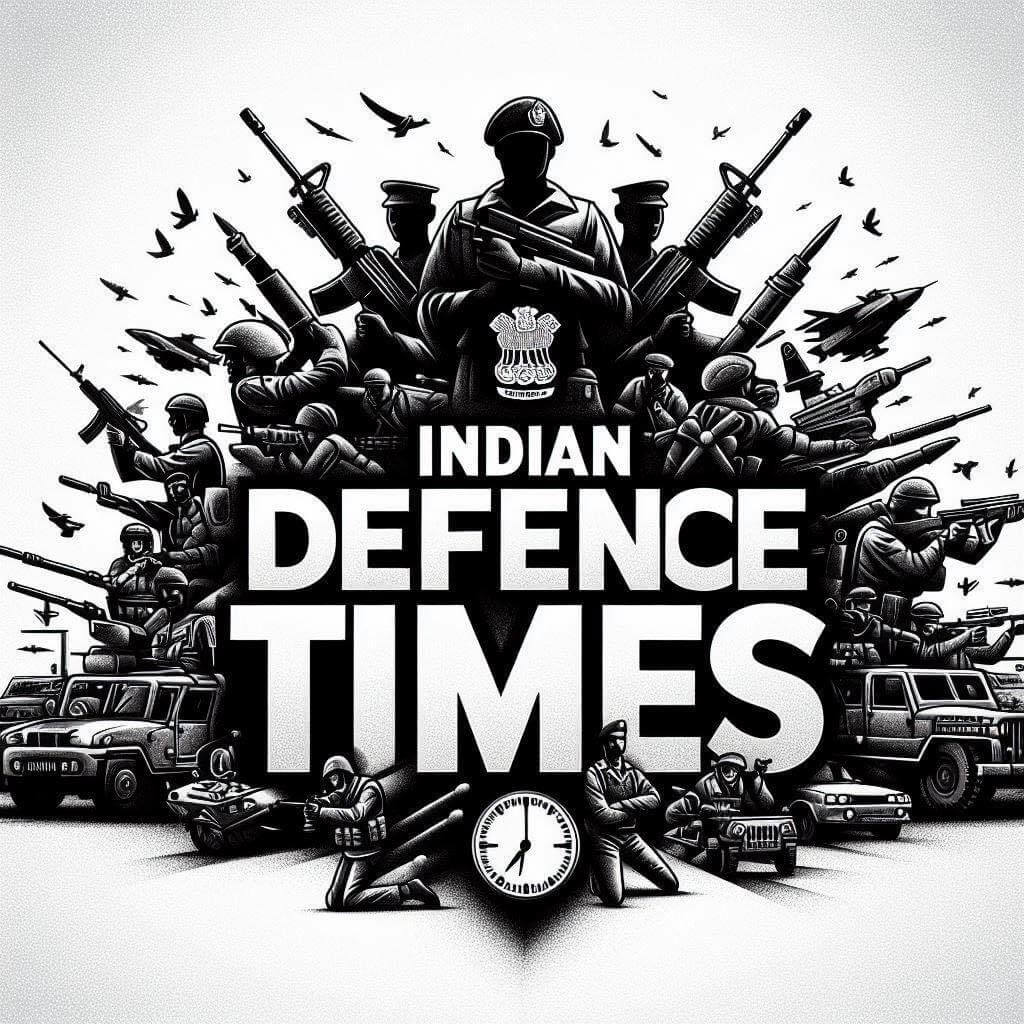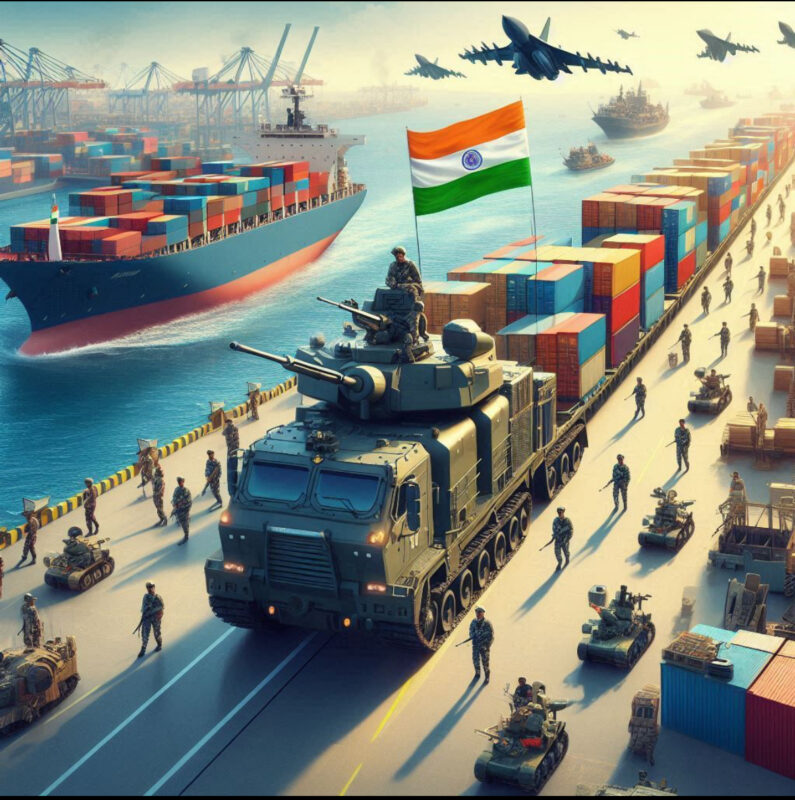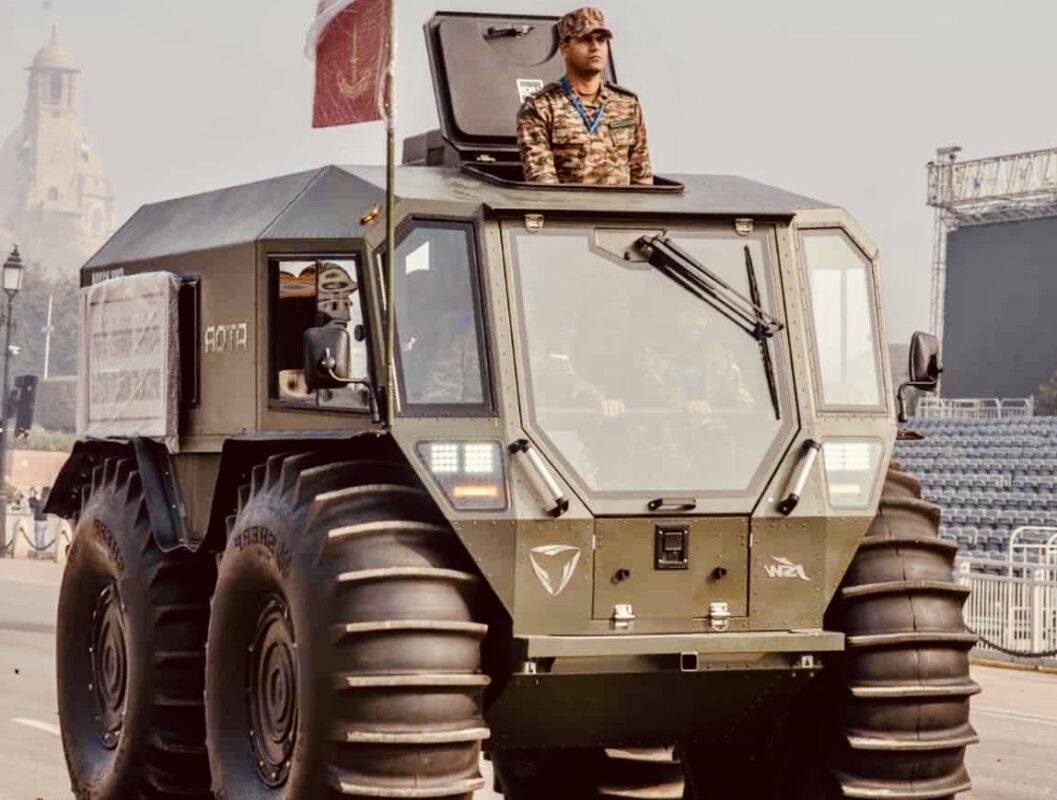The Indian defence industry has come a long way, evolving into a crucial sector for both national security and economic development. This article takes a closer look at the industry’s journey, current state, challenges, and future opportunities from an Indian perspective.
Historical Background
Traditionally, India’s defence industry has been led by Defence Public Sector Units (DPSUs) and the Ordnance Factory Board (OFB). The Defence Research and Development Organisation (DRDO) has been at the forefront of research and innovation. Despite having a substantial industrial base, India has often depended on foreign imports to meet its military needs.
Current State of the Industry
Today, the Indian defence manufacturing sector is largely government-driven. The Ministry of Defence (MoD) oversees the development, manufacturing, sale, and purchase of defence equipment within the country. Although private sector involvement has been allowed since 2001, it remains relatively limited.
India has one of the largest defence industrial bases among developing nations, employing around 200,000 people in various manufacturing units and laboratories. Key players include DPSUs, Ordnance Factories, DRDO, and a few private companies, ranging from large firms to Micro, Small, and Medium Enterprises (MSMEs).
Challenges
Despite its extensive industrial base, the Indian defence industry faces several hurdles:
1. Dependence on Imports: India still relies heavily on foreign suppliers for advanced weaponry and technology.
2. Policy and Structural Issues: Complex policies and structural inefficiencies hinder the timely delivery of modern defence hardware.
3. Limited Private Sector Participation: Even though private companies have been allowed to enter the sector since 2001, their involvement is still not widespread.
Government Initiatives
To tackle these challenges and boost self-reliance, the Indian government has launched several key initiatives:
1. AtmaNirbhar Bharat: This initiative aims to make India self-sufficient by promoting local manufacturing and reducing import dependency.
2. Make in India: This policy encourages both domestic and international companies to set up manufacturing operations in India, including in the defence sector.
Future Prospects
India has the potential to emerge as a major player in the global defence manufacturing arena. To realize this potential, a few key areas need attention:
1. Enhancing R&D Capabilities: Strengthening the DRDO and fostering innovation in defence technologies.
2. Encouraging Private Sector Participation: Creating a supportive environment for private companies to invest and engage in defence manufacturing.
3. Streamlining Policies: Simplifying policies and addressing structural issues to support the growth of the defence industrial base.












